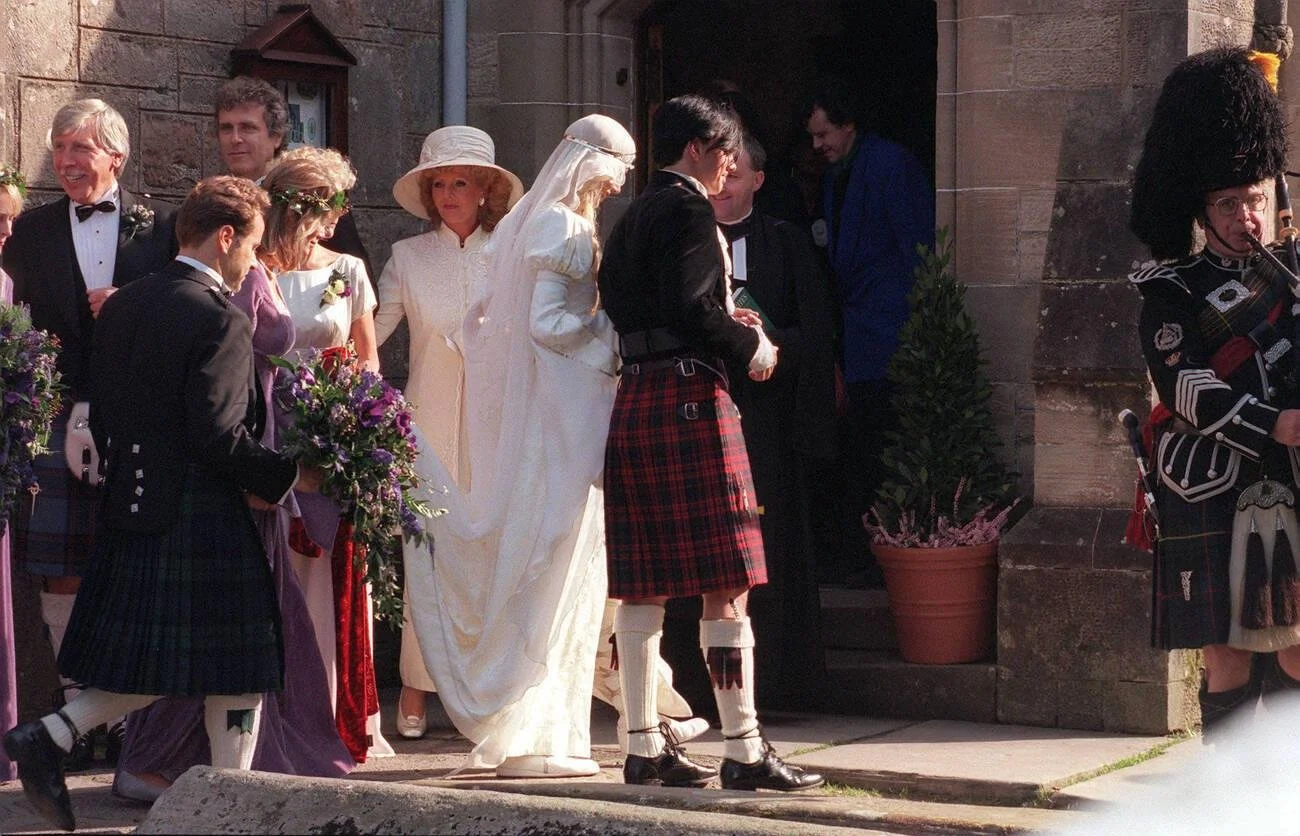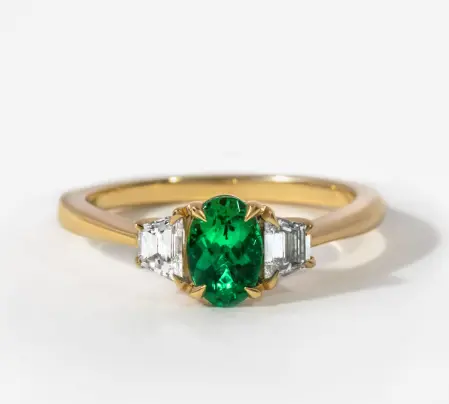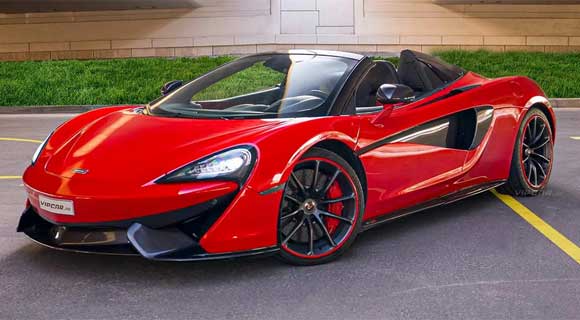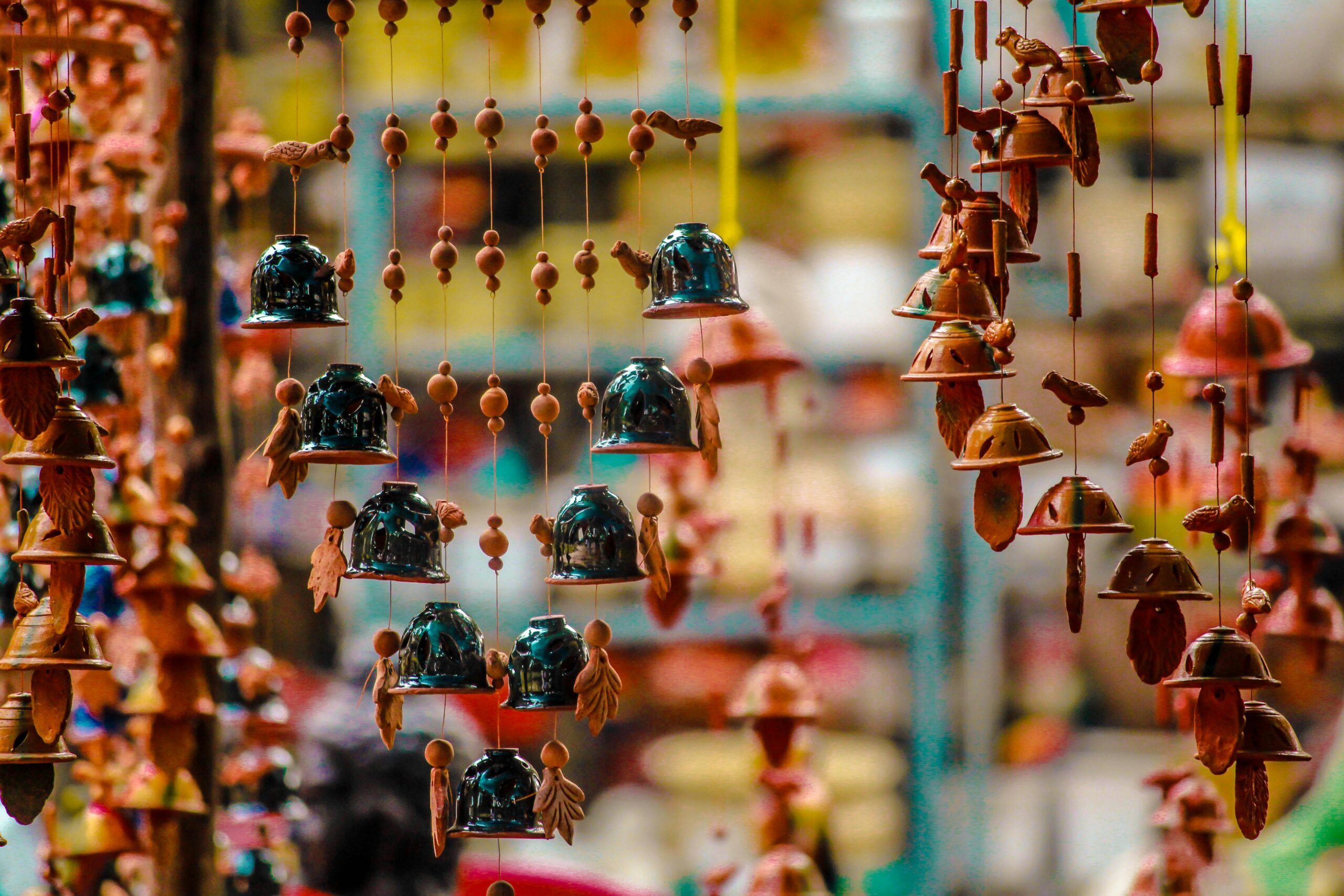In the lush tapestry of wedding traditions, the kilt stands out as a symbol of Scottish heritage that has effortlessly woven its way into modern nuptials. This garment, rich in history and bursting with character, offers a unique blend of tradition and contemporary style, making it an increasingly popular choice for grooms around the world. This article delves into the allure of the wedding kilt, exploring its origins, significance, and how it has been reinvented to suit the tastes of today’s couples. Whether you’re planning a full Highland gathering or simply want to nod to Scottish roots, the wedding kilt provides a distinctive and memorable way to celebrate your big day.
The Historical Roots of the Kilt
The kilt’s journey from a basic utility garment to a ceremonial staple is a fascinating saga of evolution and cultural integration. Initially designed to provide flexibility and warmth, the kilt was crafted from wool and could be unwrapped to serve as a blanket or sleeping cover—features that were essential for survival in the rugged Scottish terrain. As centuries passed, the kilt transitioned from a survival tool to a ceremonial garment, especially during gatherings and clan meetings, where displaying one’s tartan became a point of pride and a means of identification.
By the 17th and 18th centuries, the kilt had become so embedded in Scottish culture that it was seen as a symbol of Scottish resistance against British interference. This period solidified the kilt as a national icon, an emblem not just of individual clans but of Scotland itself. Today, the historical significance of the kilt is celebrated in both everyday wear and special occasions like weddings, where it connects the past with the present in a beautifully visual expression of heritage and pride.
Symbolism and Significance
Beyond its visual appeal, the kilt embodies a complex tapestry of emotional and historical significance. Each color, line, and pattern woven into the tartan has a specific meaning, often connected to the natural landscape of the clan’s homeland—greens for forests, blues for rivers, and reds for bloodlines. This symbolic representation allows wearers to carry a piece of their homeland with them, making it an especially poignant choice for weddings, where the merging of backgrounds and futures is celebrated.
Furthermore, wearing a kilt at one’s wedding often serves as a tribute to familial ties and ancestral lineage. It’s a way for grooms to acknowledge their roots and showcase their identity, bridging generations. The emotional resonance of donning a kilt can turn a simple garment into a profound statement of belonging and continuity, reinforcing the bonds not only between the couple but also among the families and friends who share in their heritage.
Modern Adaptations
As the kilt becomes more integrated into modern fashion, its adaptations continue to diversify. Contemporary kilt designers have embraced innovation, experimenting with different materials such as lightweight wool for summer weddings or even incorporating unconventional fabrics like leather for a more avant-garde look. These modern twists not only cater to personal style but also ensure comfort, making the kilt a practical choice for a day filled with celebrations.
Designers also often work closely with grooms to create bespoke kilts that reflect personal narratives, incorporating elements such as custom tartans designed to symbolize the couple’s shared journey. This level of personalization turns the kilt into more than just attire; it becomes a bespoke artifact of the wedding, tailored not just to the body but to the story of the union it celebrates.
Customization and Accessories
The art of accessorizing the kilt for a wedding is as detailed as the outfit itself. Traditional accessories are chosen not only for their aesthetic appeal but for their historical significance. For instance, the sporran, originally used as a practical purse in times when kilts had no pockets, is now a major focal point of the outfit, often luxuriously adorned with Celtic knots or family crests. The choice of sporran can be a reflection of personal style or a nod to family heritage, making it a versatile and significant component of the wedding attire.
Similarly, the kilt pin and belt are not merely decorative but serve to keep the kilt fabric secure and manageable throughout the day. These elements, along with the carefully chosen hose and flashes, complete the ensemble, each piece contributing to a cohesive look that is steeped in tradition yet fully customized to suit the wearer’s personal taste and the formality of the occasion.
Kilt Rentals and Purchases
Renting a kilt offers flexibility and convenience, particularly for those who may be unfamiliar with this traditional attire. It allows individuals to explore different styles and tartans without the commitment of a purchase, making it ideal for one-time events like weddings. On the other hand, buy a kilt can be a deeply personal journey. Opting to purchase allows for extensive customization, from selecting the specific tartan that represents one’s heritage to tailoring a fit that perfectly suits the wearer’s physique. A purchased kilt not only enhances the wedding day experience but also serves as a tangible link to one’s heritage, enriched with memories that extend far beyond the wedding itself.
The Kilt in Destination Weddings
The kilt’s appeal at destination weddings is multifaceted. Not only does it offer a striking contrast to typical wedding attire, but it also serves as a conversation starter, weaving the charm of Scottish culture into the fabric of the event. For many couples, incorporating a kilt is a way to bring a piece of Scotland to their wedding location, whether it’s a sun-drenched beach abroad or a quaint estate in the countryside.
In destination weddings, the kilt becomes a symbol of the journey not just of the couple but of the garment itself. It represents a bridge between cultures, an import of tradition into new, often exotic locales. This blending of backgrounds creates a rich tapestry of celebration that honors both the heritage of the groom and the shared future of the couple, making the kilt a perfect emblem of their new life together.
The Impact on Wedding Photography
The impact of a wedding kilt on photography extends far beyond its vibrant aesthetics. As photographers aim to tell the story of the day, the kilt adds layers of narrative depth and cultural richness. It symbolizes tradition and individuality, characteristics that are beautifully captured through the lens. The textures and patterns of the tartan weave themselves into each frame, offering a visual representation of the groom’s heritage that is both poignant and powerful.
Moreover, the kilt’s ability to complement various scenic backdrops—from rustic barn settings to elegant ballrooms—makes it a versatile subject for wedding photography. It naturally contrasts with softer elements, such as the bride’s dress or the natural environment, which helps to create balanced and compelling compositions. Photographers often use the kilt as a focal point in their shots, drawing attention to the groom in group photos or capturing intimate moments as the fabric sways and folds dynamically. These images not only enhance the visual appeal of wedding albums but also serve as cherished keepsakes that capture the essence of the day and the personal style of the groom. Thus, a wedding kilt does more than just dress a groom; it enriches the visual storytelling of the entire celebration.
Embracing Feminine Styles
The influence of the kilt extends beyond traditional male attire, touching the world of feminine wedding fashion. Designers are increasingly incorporating tartan patterns into women’s wear, offering tartan sashes, tartan-lined dresses, or even full tartan wedding gowns. This trend not only harmonizes the couple’s look but also allows the bride to participate actively in the celebration of heritage.
For women, wearing tartan or kilt-inspired elements can be a powerful statement of equality and partnership, particularly in the context of a wedding. It allows them to express solidarity with their partner’s cultural background while maintaining their distinct style. This shared gesture can be particularly impactful in ceremonies that aim to blend different cultural or family traditions, symbolizing unity and mutual respect.
Conclusion
The wedding kilt, with its deep roots and modern adaptations, offers a unique way to celebrate one’s heritage while making a stylish statement. Whether you opt for a traditional ensemble or something more tailored to contemporary tastes, a kilt can add an unforgettable element to your wedding day. As more couples seek to personalize their weddings and honor their backgrounds, the kilt stands out as a symbol of both heritage and timeless style, proving that some traditions are worth holding on to.The resurgence of the kilt in weddings is a testament to the enduring appeal of traditional garments reinterpreted in modern contexts. It is a celebration not just of a couple’s love but of their roots and the rich histories they bring to their union. As more couples look to personalize their weddings and honor their distinct backgrounds, the kilt stands out as a testament to the power of tradition in contemporary celebrations, offering a timeless yet flexible option for those looking to make a statement on their special day.
Also Read: Can Regular Incense Cones Pull Off the Backflow Trick?








